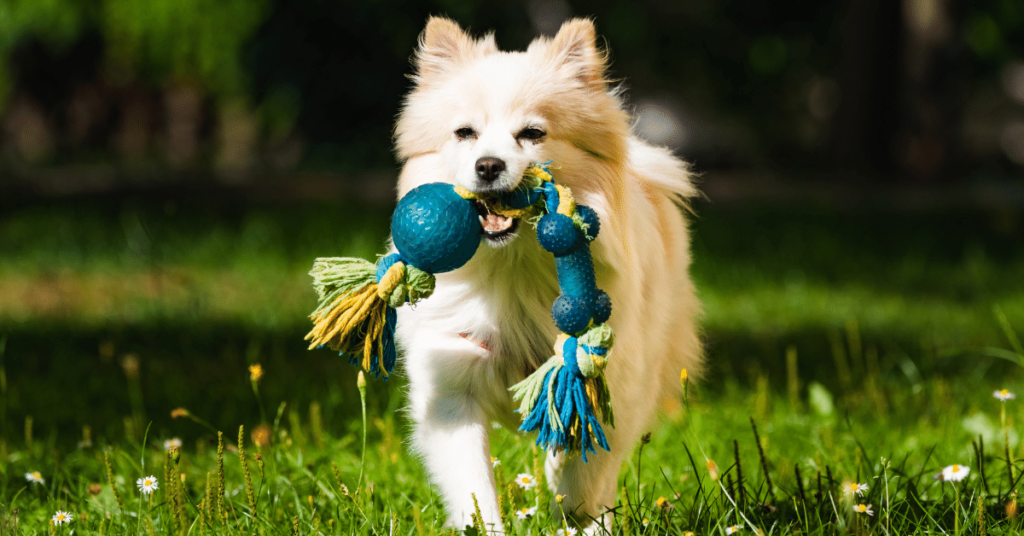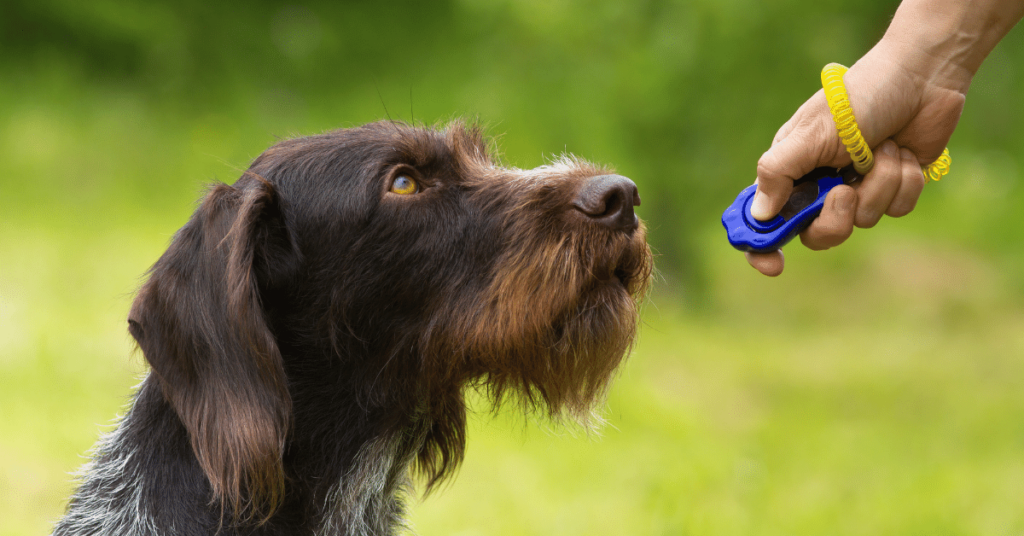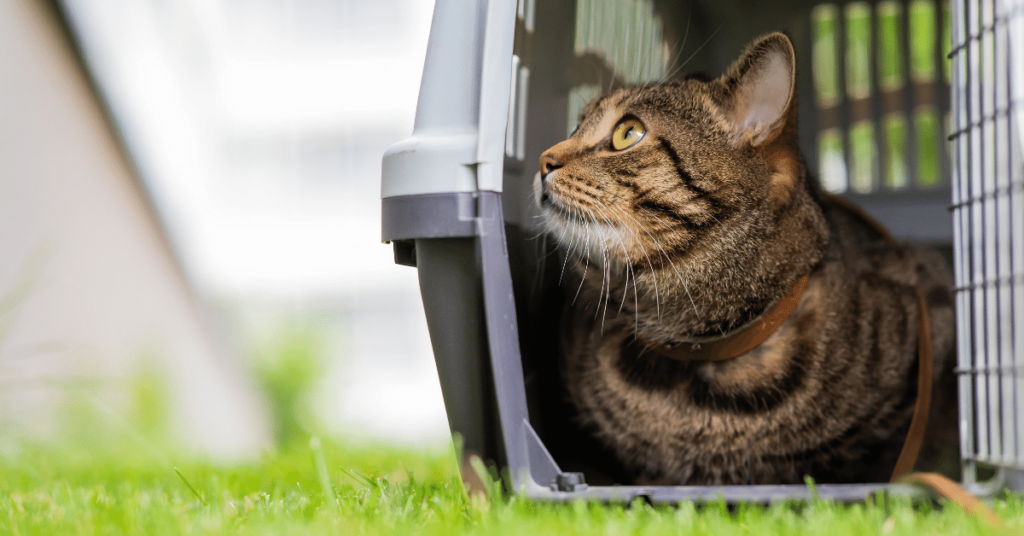Introduction
Pets bring joy, companionship, and unconditional love into our lives. However, just like humans, they can experience fear and phobias that affect their well-being. Managing fear and phobias in pets is crucial to ensure they lead a happy and fulfilling life. In this comprehensive guide, we will explore the various strategies and techniques to help your furry friend become a calmer and more relaxed companion.
Understanding Fear and Phobias in Pets
Before diving into strategies, it’s essential to differentiate between fear and phobias in pets.
Fear: Fear is a natural and adaptive response to a real or perceived threat. It’s a survival mechanism that triggers a “fight or flight” reaction. When your pet encounters something scary, their body releases stress hormones, preparing them to respond appropriately to the situation. Fear is a normal part of life and can be managed with proper care and training.
Phobia: A phobia, on the other hand, is an irrational, intense, and persistent fear of a specific object, situation, or activity. Unlike fear, phobias are not a natural response, and they can significantly impact your pet’s quality of life. Common pet phobias include thunderstorms, fireworks, and vet visits.
Identifying Fear and Phobias in Your Pet
Recognizing fear or phobias in your pet is the first step in helping them. Look out for the following signs:
- Body Language: Shaking, trembling, cowering, or attempting to hide.
- Vocalizations: Excessive barking, whining, or yowling.
- Destructive Behavior: Chewing furniture, scratching walls, or digging.
- Inappropriate Elimination: Accidents inside the house.
- Aggression: Growling, snapping, or biting.
- Excessive Drooling or Panting: Signs of stress.
- Pacing or Restlessness: An inability to settle down.
If your pet displays any of these signs, it’s essential to consult with a veterinarian or a professional animal behaviorist for a proper diagnosis and treatment plan.
Strategies for Managing Fear and Phobias
1. Desensitization and Counterconditioning
Desensitization and counterconditioning are powerful techniques for helping pets overcome their fears. This involves exposing your pet to the fear-inducing stimulus in a controlled and gradual manner while providing positive reinforcement.
For example, if your dog is afraid of thunderstorms, start by playing a low-volume recording of thunder and gradually increase the volume over time. Simultaneously, offer treats, toys, or affection to create positive associations with the sound.
2. Create Safe Spaces
Designate a safe space in your home where your pet can retreat when they feel anxious or fearful. This could be a quiet room with their bed, toys, and water. Make sure the space is comfortable and free from any triggering stimuli.
Encourage your pet to use this space whenever they feel uneasy, and never force them to confront their fears.
3. Behavior Modification
Working with a professional animal behaviorist or trainer can be highly beneficial for pets with severe fears or phobias. Behavior modification techniques are tailored to your pet’s specific needs and may involve systematic desensitization, counterconditioning, or other methods.
A trained expert can help create a customized plan to address your pet’s specific fears and phobias.
4. Medication
In some cases, medication may be necessary to manage a pet’s fear or phobia. Your veterinarian can prescribe anti-anxiety medications or sedatives to help your pet remain calm during triggering situations.
Medication should always be used in conjunction with behavioral therapies and under the guidance of a veterinarian.
5. Positive Reinforcement
Positive reinforcement is a key component of managing fear and phobias in pets. Reward your pet with treats, praise, and affection when they exhibit calm behavior in the face of their fear triggers. This positive association can help them feel more secure and confident.
6. Gradual Exposure
Expose your pet to their fear triggers in a gradual and controlled manner. For instance, if your cat is afraid of strangers, invite a friend over and ask them to sit quietly without making sudden movements or loud noises. Reward your cat for calm behavior during the interaction.
Repeat this process until your pet becomes more comfortable with the feared stimulus.
7. Avoid Punishment
Never punish your pet for displaying fear or phobias. Punishment can exacerbate their anxiety and make the problem worse. Instead, focus on positive reinforcement and creating a safe environment.
Common Fear and Phobias in Pets
Understanding the specific fears and phobias that commonly affect pets can help you be proactive in managing them.
1. Noise Phobias: Many pets are terrified of loud noises like thunderstorms, fireworks, or construction sounds. Use white noise machines or calming music to mask these sounds and create a soothing environment.
2. Separation Anxiety: Separation anxiety is a common fear in dogs. Gradual desensitization to your departure cues and providing engaging toys or puzzles can help alleviate this fear.
3. Veterinary Fear: Regular vet visits are essential for your pet’s health, but many animals are fearful of the clinic. Counterconditioning by bringing treats and making visits a positive experience can help.
4. Fear of Strangers: Some pets are wary of unfamiliar people. Gradually introduce them to new faces and environments to reduce their anxiety.
5. Fear of Other Animals: If your pet is anxious around other animals, consider controlled introductions and positive reinforcement to build their confidence.
6. Fear of Travel: Travel anxiety is common in pets. Gradual exposure to car rides and positive reinforcement can make travel a less fearful experience.
Conclusion
Managing fear and phobias in pets is a crucial part of ensuring their overall well-being and happiness. By understanding the difference between fear and phobias, identifying the signs, and implementing the strategies discussed in this guide, you can help your furry companion become a calmer and more relaxed member of your family.
Remember, each pet is unique, and it may take time and patience to find the right approach for managing their specific fears and phobias. Don’t hesitate to seek professional guidance from a veterinarian or animal behaviorist if needed. With the right strategies and care, you can provide your pet with a happier and more stress-free life.
So, take the first step in helping your pet overcome their fears and phobias, and watch as they transform into a calmer and more confident companion. Your efforts will be rewarded with a lifetime of love and companionship from your beloved furry friend.







